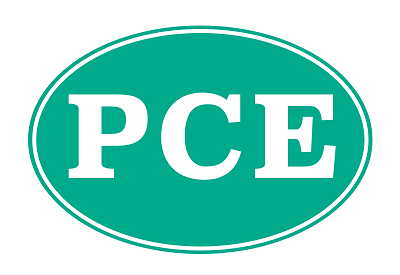
Date posted: 7th Jul 2021
A limited liability partnership (LLP) is not a partnership but a body corporate with a difference – there are no shareholders or guarantors (as there would be for a company limited by guarantee) but partners (designated ‘members’) carrying on a trade or business with a view to profit. It is a structure commonly used by professionals such as doctors, attorneys and accountants (like Clive Owen LLP) who go into practice together.
As a ‘body corporate’ it must be registered with Companies House however, the entity does not pay Corporation tax, instead the individual members are subject to the normal partnership rules (i.e. taxed individually as being self employed on their respective share of the profit) regardless of the amount they withdraw from the business.
Members can receive an income/profit share proportionate to their capital account balance. However, certain members can be allocated a disproportionate amount of profit by allowing a ‘salary’ in recognition of the work they do, which could be disproportionate to their income/profit share e.g. a new member may contribute little or no equity but take on a significant share of the management of the business. There are anti avoidance rules in place that treat a member as employed should they receive a fixed rather than varied amount of partnership profit.
Number of members
Each LLP must have at least two ‘designated’ members responsible for various administrative tasks; however there is no upper limit to the number of members. Members can be either individuals or limited companies with each member being able to sign binding contracts on behalf of the LLP (thus avoiding a problem sometimes encountered by ordinary partnerships where every partner has to sign certain documents).
Advantages of an LLP
The main advantage of setting up an LLP is to give some protection to a member going bankrupt where claims are made against the LLP only and members’ personal liability is limited to their capital contribution. However, all members can be held responsible for another member’s negligence if that negligent member is operating within the scope of their authority in the business. In comparison a partner’s personal assets can be seized to settle the partnership’s debts in an ordinary partnership.
A further potential advantage is that under an LLP structure different proportions of income and capital entitlements can be allocated each year to the different members; this makes LLPs a flexible method of withdrawing profits particularly where different members have different percentage interests in the business e.g. one member may undertake the majority of the administration but have a lower percentage interest in the partnership. In this instance that member can be allocated a higher (variable) share of the profit rather than being paid a fixed salary for the work involved. This ability to change the profit split year on year is also a benefit for those partnerships with different members with different marginal tax rates.
If an LLP goes into liquidation it is treated as a company rather than a partnership for capital gains tax purposes.
If you are considering setting up a new business or indeed converting an existing partnership to an LLP, please give us a call.


